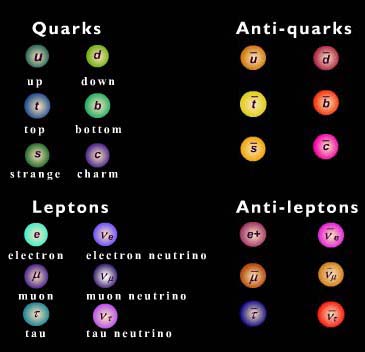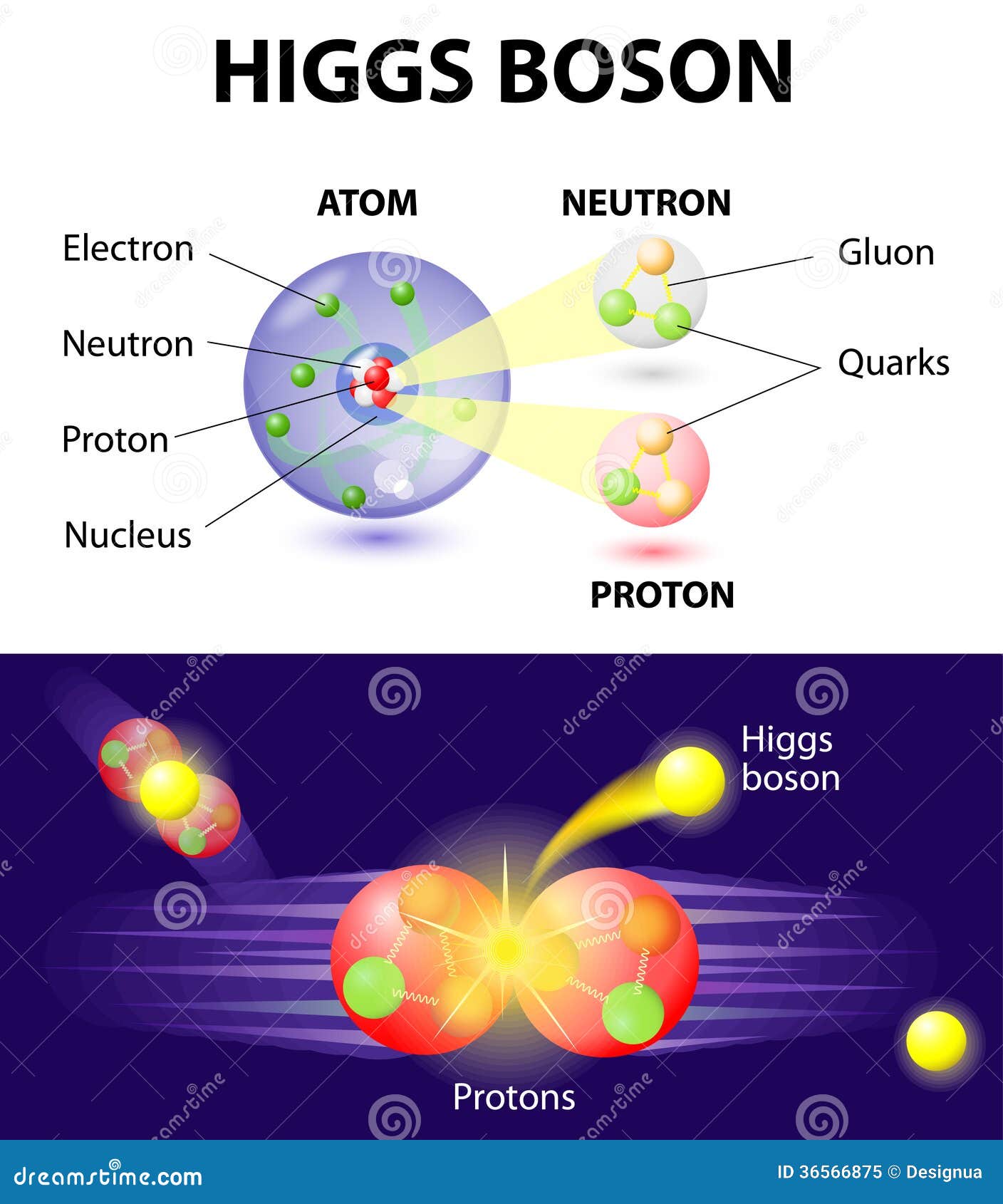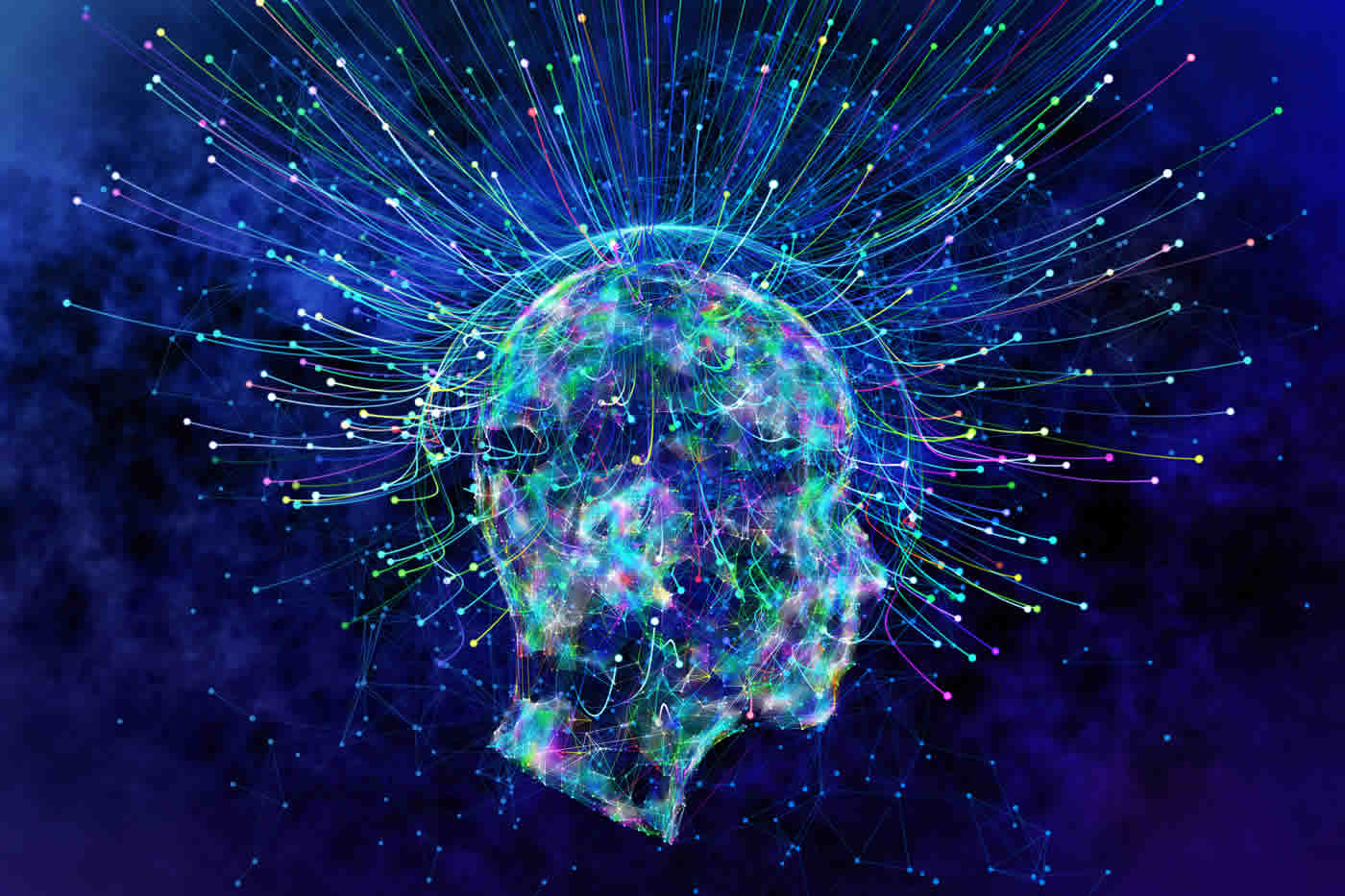Elementary particle physics
Data: 3.09.2018 / Rating: 4.7 / Views: 785Gallery of Video:
Gallery of Images:
Elementary particle physics
Elementary Particle Physics I by Marcella Bona File Type: Online Number of Pages: NA Description This note is an introduction to the standard model of particle physics, the strong and electroweak interactions between the basic constituents of the world, quarks and leptons, via the exchange of gluons, photons and W and Z particles. Download a PDF of ElementaryParticle Physics by the National Research Council for free. Abstract: These lectures, presented at the 2006 TASI summer school, give a general introduction to supersymmetry, emphasizing its application to models of elementary particle physics at the 100 GeV energy scale. I discuss the following topics: the construction of supersymmetric Lagrangians with scalars, fermions, and gauge bosons, the structure and mass spectrum of the Minimal. Theoretical Elementary Particle Physics The Standard Model of strong, and weak interactions is the crowning achievement of twentieth century physics. However, despite its many spectacular successes, the Standard Model is inconsistent at high energies and should be superseded by a new, more fundamental theory at the teraelectron. PreK12 Education; Higher Education; Industry Professional; Products Services AZ; ISBN Converter The standard model of particle physics is a theory concerning the weak and strong nuclear interactions which mediate the dynamics of the known subatomic particles. This is a practical introduction to the principal ideas in gauge theory and their applications to elementary particle physics. It explains technique and methodology with simple exposition backed. The locations with the highest concentration of Elementary Particle Physics graduates are Ames, IA, NA and NA. The locations with a relatively high number of Elementary Particle Physics graduates are Ames, IA, NA and NA. The most common degree awarded to students studying Elementary Particle Physics is a Master's Degree. integrate elementary particle physics into the standard undergraduate curriculum. Unfortunately, the research literature in this field is clearly inaccessible to undergraduates, and although there are now several excellent graduate texts. Authors; Ewald Paul; Horst Rollnik; Peter Stichel; Book. 7 Citations; 321 Downloads; Part of the Springer Tracts in Modern Physics book series (STMP, volume 79) Download book PDF. Chapters Table of contents (2 chapters) About About this book; Table of contents. Elementary Particle Physics One of the great triumphs of twentieth century physics was the elucidation of the structure of matter and the forces that govern it. The language describing this subnuclear world is the language of quantum field theory. Continuing the A Level Physics revision series looking at elementary particles and the Standard Model, including quarks, leptons and gauge bosons. ELEMENTARY PARTICLES IN PHYSICS 3 see that these four types of fundamental particle are replicated in two heavier families, (, , c, s) and (, , t, b). The reason for the existence of these The Particle Adventure. An award winning tour of quarks, neutrinos, the Higgs boson, extra dimensions, dark matter, accelerators and particle detectors from the Particle Data Group of Lawrence Berkeley National Laboratory. Particle Physics studies the smallest pieces of matter, 1 110. This second volume of Elementary Particle Physics, Foundations of the Standard Model, concentrates on the main aspects of the Standard Model by addressing developments from its establishments to recent progress and some future prospects. Earn your doctorate at a worldrenowned location for research in particle physics: The IMPRS EPP (Max Planck Research School on Elementary Particle Physics) in. Elementary particle physics is barely 108 years old. Thomson discovered the electron in 1897 and the electron remains the prototype of an elementary particle, while many other particles discovered between then and today have particle physics it is expressed in a unit called barn (b): 1 b 1028 m2. If we use the conversion If we use the conversion factor given in the table above, we get Working at the forefront of modern particle physics, scientists at SLAC's Elementary Particle Physics (EPP) division use powerful particle accelerators to create and study natures fundamental building blocks and forces, build sensitive detectors to search for new particles and develop theories that explain and guide experiments. The history of elementary particle physics is only 100 years old. Thomson discovered the electron in 1897 and the electron remains the prototype of an el ementary particle, while many other particles discovered between then and today Summary of Elementary Particle Physics Physicists believe that the Universe contains 24 elementary particles which interact with each other via four fundamental forces. Each of the four forces is transmitted by quantum carriers which are themselves elementary particles. The Elementary Particle Theory program encompasses different theoretical tools for understanding the interaction of elementary particles at different energy scales. These include String Theory, Quantum Field Theory, Lattice Field Theory, Effective Field Theories, and Phenomenology based on the above theoretical tools. Frontiers of particle physics, cosmic rays and cosmology participants of the 17th Lomonosov Conference on Elementary Particle Physics Professor Ivanka Bozovic Jelisavcic (Vinca Institute of Nuclear Sciences, Belgrade, Serbia) Notes of Elementary Particle Physics is a sevenchapter text that conveys the ideas on the state of elementary particle physics. This book emerged from an introductory course of 30 lectures on the subject given to firstyear graduate students at the University of Liverpool. Particle physics sits at the forefront of our search for the ultimate structure of matter at the smallest scale, but in the process it has also learned to question the. SLACs elementary particle physics research aims to understand the fundamental structure of all the constituents of the universe and their interactions with one another through a combination of experimental and theoretical research. This book grewhow could it be otherwise? out of a series oflectures which the author held at the University of Heidelberg. The purpose ofthese lectures was to give an introduction to the phenomenology of elementary particles for students both of theoretical and experimental orientation. Particle Physics is the study of the basic nature of energy, of matter, of force, of time or space. It works on discovery the simplest constituents of matter (elementary particles). Elementary Particle Physics in a Nutshell Kindle edition by Christopher G. Download it once and read it on your Kindle device, PC, phones or tablets. Use features like bookmarks, note taking and highlighting while reading Elementary Particle Physics in a Nutshell. Explore the latest articles, projects, and questions and answers in Elementary Particle Physics, and find Elementary Particle Physics experts. Download a PDF of ElementaryParticle Physics by the National Research Council for free. The International Linear Collider (ILC) is the next high energy accelerator planned by the international particle physics community to pursue new physics beyond the standard model. The Large Hadron Collider has led to major new discoveries in fundamental physics, but a more sensitive, more powerful device is needed to take things further. Elementary particle physics, or high energy physics (HEP), is the study of the fundamental building blocks of the universe. A BRIEF INTRODUCTION TO PARTICLE PHYSICS Nari Mistry Laboratory for Elementary Particle Physics Cornell University this study is called Particle Physics, Elementary Particle Physics or sometimes High Energy Physics (HEP). Atoms were postulated long ago by the Greek philosopher Democritus, and until [The book is a valuable and important addition to libraries, personal and institutional. It would serve as an excellent textbook to students taking up research in elementary particle physics and also as a reference volume. The Theoretical Particle Physics group seeks to understand the fundamental forces of nature and the basic structure of matter, energy, and spacetime. Work proceeds on theoretical foundations, such as Mtheory and string theory, on the interface of particle physics and cosmology, and on. This particle is consistent with the Higgs boson but it will take further work to determine whether or not it is the Higgs boson predicted by the Standard Model. The Higgs boson, as proposed within the Standard Model, is the simplest manifestation of the BroutEnglertHiggs mechanism. In fact, quantum physics predicts that there are just 18 types of elementary particles (16 of which have been detected by experiment already). It is the goal of elementary particle physics to continue searching for the remaining particles. The new experiments underway at the Large Hadron Collider at CERN in Switzerland may significantly change our understanding of elementary particle physics and, indeed, the universe. This book provides a comprehensive overview of modern particle physics accessible to anyone with a true passion for wanting to know how the universe works. We are introduced to the known particles of the world we live in. An elegant explanation of quantum mechanics and relativity paves the way for. Particle physics is an enormous subject, and in spite of its remarkable coherence, it is quite difficult to learn. Like quantum mechanics, it requires at least two coats of paint Motivation and Introduction Tools and Historical Foundations of particle Physics Fundamental Forces and Fundamental Particles afawk The Standard Model Shortly Before its End. Elementary particles are also said to have internal symmetry; these symmetries are useful in classifying particles and in leading to selection rules. Such an internal symmetry is baryon number, which is a property of a class of particles called hadrons. Working at the forefront of modern particle physics, SLAC scientists use powerful particle accelerators to create and study natures fundamental building blocks and forces, build sensitive detectors to search for new particles and develop theories that explain and guide experiments. verb) The branch of physics that deals with subatomic particles and their interactions. particle physics n (General Physics) the study of fundamental particles and their properties. Also called: highenergy physics particle physics n. the branch of physics that deals with the properties and behavior of
Related Images:
- Young jeezy freddie gibbs
- Dc comics 2 superman
- The Wolf of Wall Street 2018
- Family Guy S7 E16 Download Avi
- Emmylou harris original
- Perfect strangers 2003
- After effects guru working with vectors
- Manual De Organizacion Y Funciones Pnp
- The definitive guide to drupal 7
- Yemi alade pose mp4 download
- Rita bob and sue
- Sams j2ee 21 days
- Ibiza 2018 mos
- Oasis the uk remixes
- Hot Sex On The Public Beach
- Manual Of Practical Medicine Alagappan
- Atlanta housewives s06
- Lesbea ivy and jess for you i will
- Avatar 3 the legend of korra season 3
- Buddha bar xvi
- Complete the following season 2
- Workout motivation video
- Cloudy with a chance of meatballs 2 3d dts
- 1080p layer cake
- New love movies
- Go A Complete Introduction to the Game
- Gli Asolani
- Pakistan business directory
- Downton Abbey SAISON 2 FRENCH
- Resident evil revelations demo
- The beatles love
- Manual De Carburador De Fiat Uno
- Acapela infovox 3 crack
- Norse Sagas Pdf
- Super sentai sub
- World War 1 Centennial Edition
- My Story
- Family guy free shopping
- Hotel for dogs nl
- Phillips craig dean
- Minecraft beta 2
- Blink 182 blink 182 greatest hits
- The nut job
- Gymysh Seriali Muzika
- Chasing safety the machine
- Pure deep house
- Explicite art niki
- Java Persistence with Hibernate 2nd Edition
- Airport Colouring Pages For Kids
- Workaholics season 5 720p
- The Orion Conspiracy
- Windows 7 64 bit msdn
- Manual Of Private Investigation Techniques
- Torrent dvdiso
- Geographic july 2013
- Tmnt rooftop run
- Solid Axle Suspension Vs Independent Suspension
- Vika and yura
- Caminando En El Tiempo Spanish Edition
- Disco anni 80
- Integrated Chinese Level 2 Part 1 Workbook Answers
- Monsters vs aliens iso
- X art addison tarde espanola
- Dying of the light 2018
- 3 idiots rerip
- In The Strangest Places Strange Places 1
- Pop rock 00s
- Dvd cheetah maker
- New Holland 1112 Swather Manual
- Walking dead rg mechanic
- Billy joel shes
- Big bang theory 14
- Confessions of a Brazilian Call Girl year
- Last day of the dinosaur
- Atlanta housewives s06
- Franz ferdinand do you want to
- Detective conan movie 08
- Hd sexy picture












